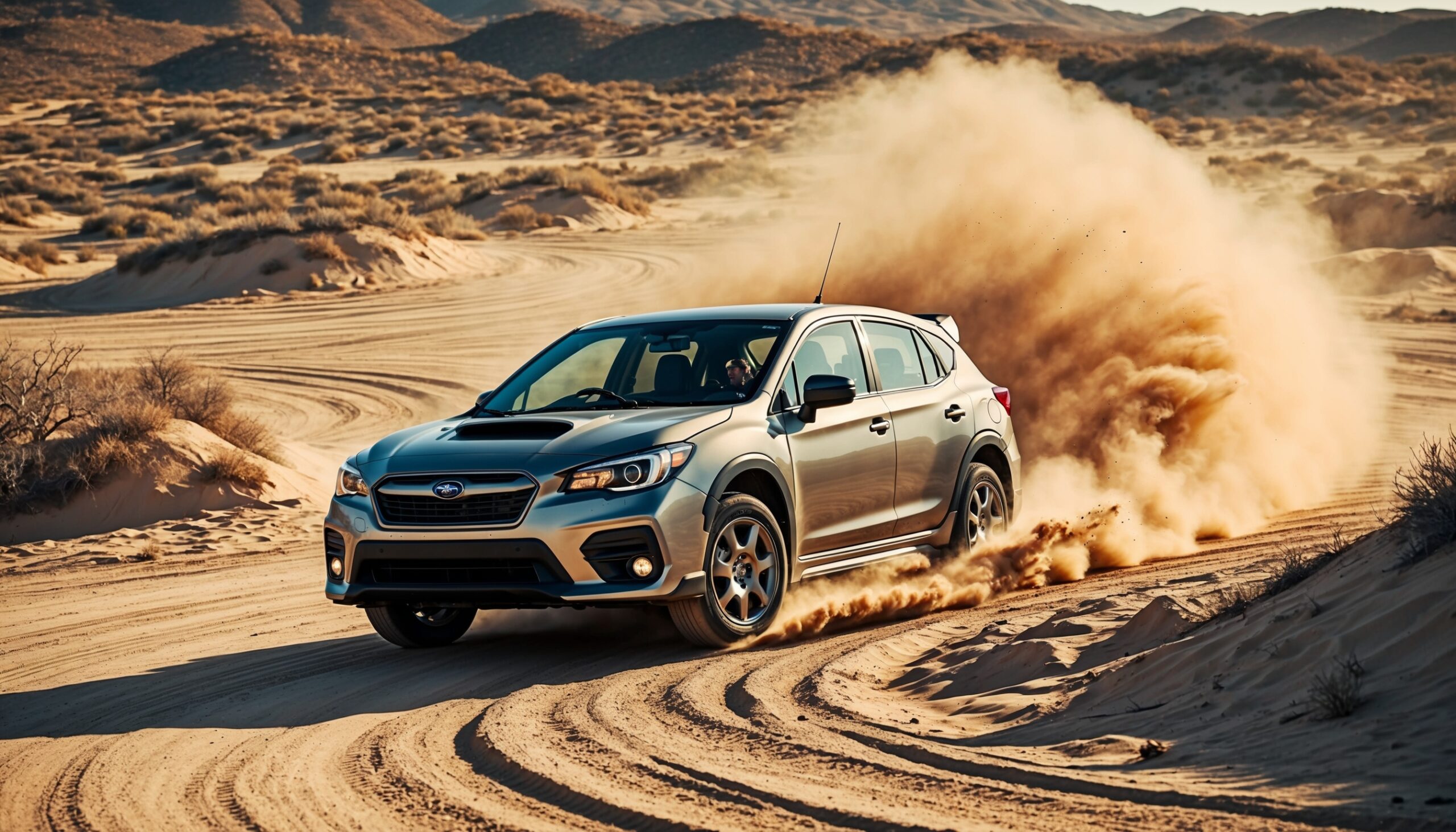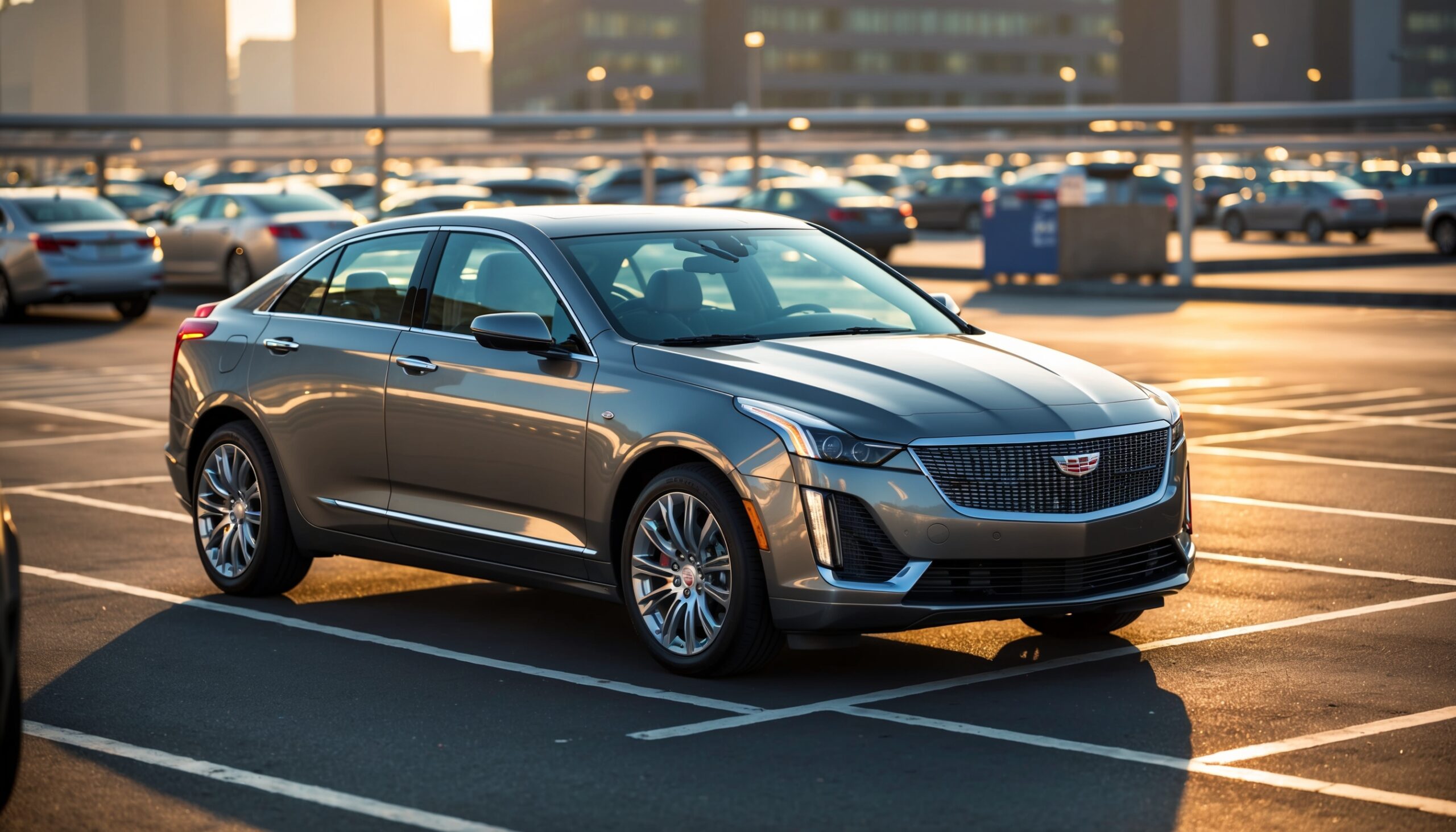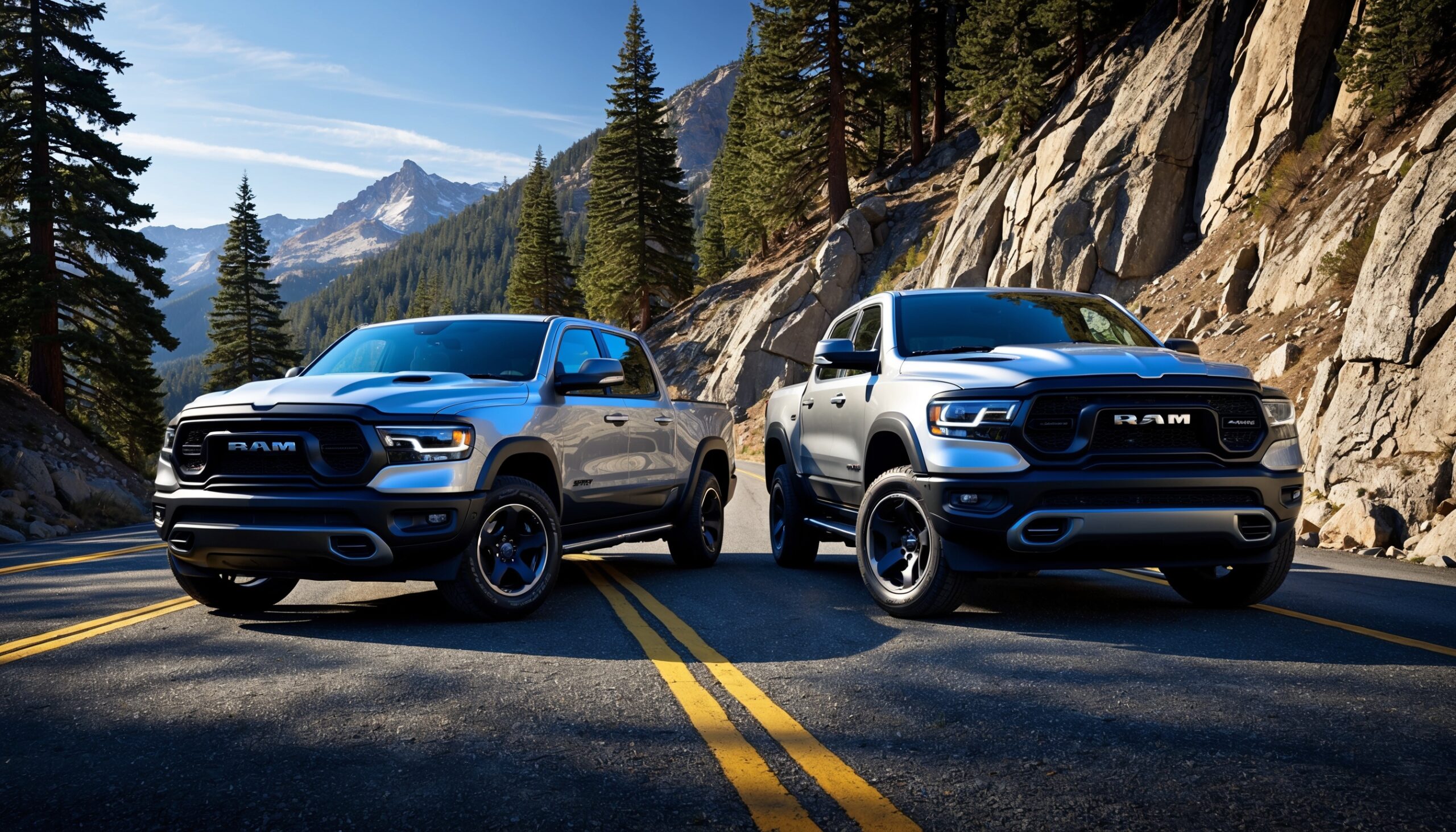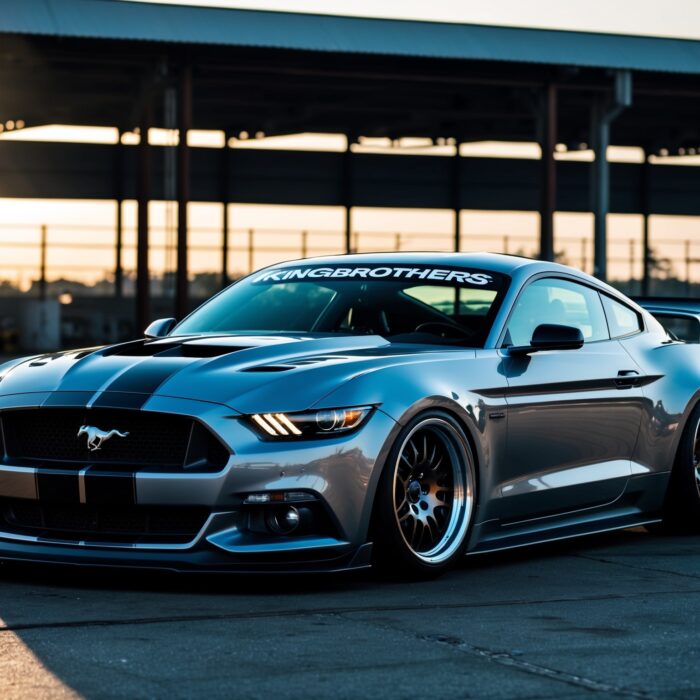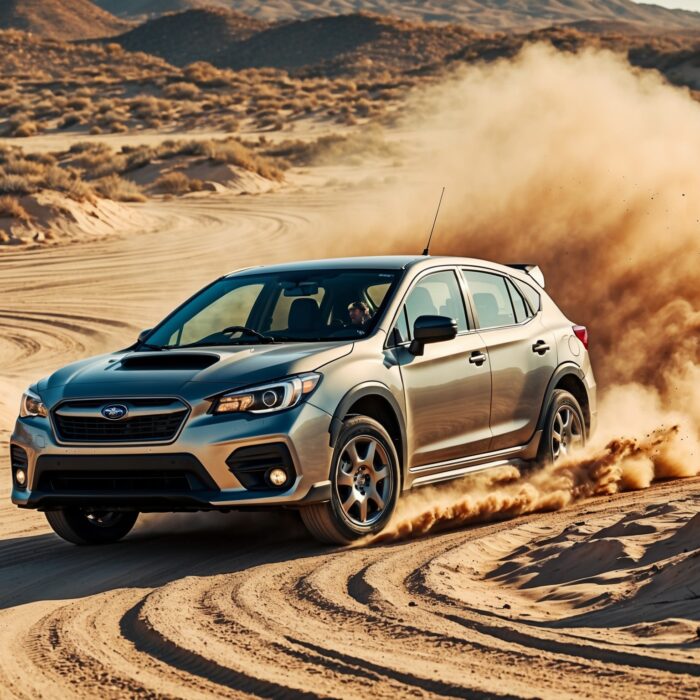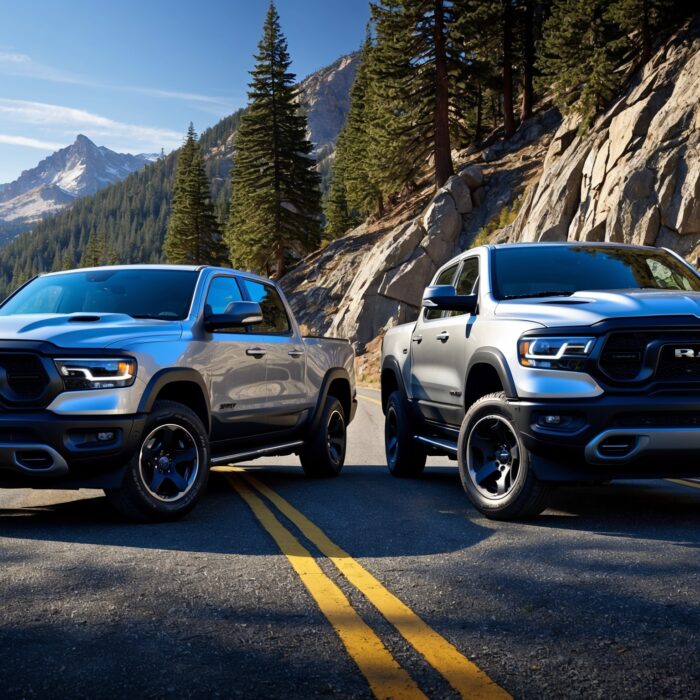Inside the New Safety Rating Benchmarks: What Does a 5-Star Rating Mean in 2026?
As car enthusiasts, we’ve seen the automotive landscape evolve dramatically over the years. Safety ratings, in particular, have become a pivotal factor in the decision-making process for many buyers. With 2026 just around the corner, the National Highway Traffic Safety Administration (NHTSA) is making significant updates to its safety rating benchmarks, and it’s crucial to understand what a 5-star rating means in this new framework. At Torque Feed, we believe that safety should never be taken for granted, and it’s time to dive deep into the realm of automotive safety ratings.
The Evolution of Safety Ratings
Safety ratings have been around for decades, providing consumers with a standardized method to compare vehicles based on crashworthiness and safety features. Initially, the focus was primarily on frontal and side-impact crashes, but as technology advanced, so did the criteria for these ratings.
Over the years, the NHTSA and the Insurance Institute for Highway Safety (IIHS) have introduced various testing protocols, including:
- Frontal crash tests
- Side-impact tests
- Rollover resistance tests
- Pedestrian safety assessments
- Advanced driver-assistance systems (ADAS) evaluations
As we approach 2026, the NHTSA is set to unveil new safety rating benchmarks, redefining what it means for a vehicle to achieve that coveted 5-star rating.
What’s New in 2026?
With the introduction of the new safety benchmarks, several key changes will impact how vehicles are assessed. Here’s what you need to know:
1. Expanded Testing Protocols
One of the most significant changes is the expansion of testing protocols to include a broader range of crash scenarios. The NHTSA will evaluate vehicles based on:
- Multiple angles of impact
- More diverse crash test dummies, representing a range of body sizes and shapes
- Real-world accident simulations that include complex scenarios like multi-vehicle collisions
This comprehensive approach aims to provide a more accurate representation of how vehicles perform in real-world situations, ensuring that manufacturers prioritize safety in their designs.
2. Focus on Advanced Driver-Assistance Systems (ADAS)
As technology continues to advance, so too does the importance of ADAS in enhancing vehicle safety. In the 2026 ratings, vehicles will be assessed on the effectiveness of their ADAS features, which may include:
- Automatic emergency braking (AEB)
- Lane-keeping assist
- Adaptive cruise control
- Blind-spot monitoring
These systems can help prevent accidents before they happen, making their evaluation essential in determining a vehicle’s overall safety rating.
Also Read: Impact of New Government EV Subsidies on the 2026 Vehicle Market
3. Integrated Safety Ratings
The NHTSA is also introducing a more integrated approach to safety ratings. This means that the assessments will not only look at crash test results but also consider:
- Driver behavior and engagement
- Vehicle maintenance and condition
- Real-world crash data from actual drivers
By taking these factors into account, the NHTSA aims to provide a more holistic view of vehicle safety, reflecting how vehicles perform in the hands of everyday drivers.
What Does a 5-Star Rating Mean in 2026?
With these changes in place, a 5-star rating in 2026 will represent a vehicle that excels not only in crash tests but also in preventing accidents through advanced technology and features. Here’s how the rating will break down:
Also Read: Impact of New Government EV Subsidies on the 2026 Vehicle Market
1. Crashworthiness
A significant portion of the rating will still focus on crashworthiness. The NHTSA will evaluate how well a vehicle protects its occupants in various crash scenarios, including:
- Frontal crashes
- Side-impact crashes
- Rollover accidents
A 5-star rating will indicate that the vehicle has performed exceptionally well in these tests, demonstrating superior structural integrity and occupant protection.
2. Advanced Safety Technology
The inclusion of ADAS in the safety ratings means that vehicles will be awarded points for their ability to prevent accidents. A 5-star rating will reflect advanced safety features that actively assist drivers in avoiding collisions.
3. Real-World Performance
In 2026, a vehicle’s rating will also consider real-world performance data. This includes statistics on actual accidents and the effectiveness of safety features in everyday driving conditions. A 5-star vehicle will not only perform well in controlled tests but will also demonstrate reliability and effectiveness in real-life scenarios.
Why Should You Care?
As a car enthusiast, understanding these new safety benchmarks is crucial for several reasons:
- Informed Decisions: Knowing how vehicles are rated can help you make more informed decisions when purchasing a new car.
- Safety for You and Your Loved Ones: A 5-star rating means enhanced safety for you, your family, and friends, providing peace of mind on the road.
- Encouraging Innovation: By prioritizing safety ratings, you encourage manufacturers to invest in advanced safety technologies.
Ultimately, a better understanding of the NHTSA’s safety rating benchmarks will empower you to choose vehicles that not only excite your passion for automobiles but also prioritize safety and well-being.
How to Stay Updated on Safety Ratings
As the automotive landscape changes, staying updated on safety ratings is essential for any car enthusiast. Here are some tips to keep you informed:
- Follow Automotive News: Websites like Torque Feed provide the latest updates on safety ratings, new technologies, and automotive news.
- Check NHTSA Updates: The NHTSA regularly updates its safety ratings, so make sure to check their website for the latest information.
- Join Automotive Forums: Engaging with communities of fellow car enthusiasts can help you share knowledge and stay informed on safety trends.
The Future of Automotive Safety
The automotive industry is on the brink of a safety revolution. As we approach 2026, the new safety rating benchmarks will not only redefine what it means to achieve a 5-star rating but also push manufacturers to innovate and prioritize safety in ways we’ve never seen before. With advancements in technology, materials, and design, the future of automotive safety looks promising.
In this evolving landscape, it’s essential for car enthusiasts to remain vigilant and informed. The more we understand about safety ratings and their implications, the better equipped we’ll be to make choices that protect ourselves and our loved ones on the road. As we look forward to 2026, it’s an exciting time to be part of the automotive world, and we can’t wait to see how these changes unfold.
At Torque Feed, we’re dedicated to keeping you updated on everything automotive, from safety ratings to the latest performance cars. Stay tuned for more insights and discussions in the world of cars!



